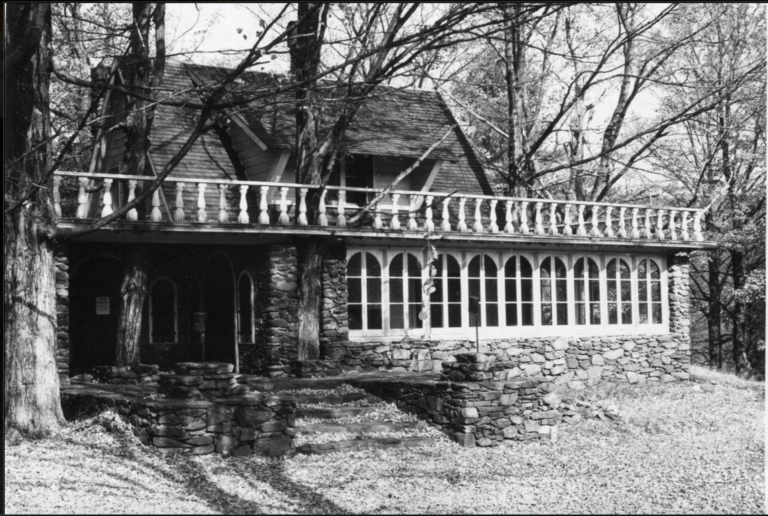
Probably not a pie that you would want to eat-you have been warned. Open every day, dawn to dusk book tours ahead of time via email.This spot also has some fantastic food trucks throughout the week so if you didn't take that pit stop ahead of time, it's a great place to indulge in some epic, Vermont-made gelato or a local beer. They have a variety of tours including a historic barn tour, a meadows tour that includes the historic cow tunnel, and a piggery tour-that features an ox. Stop 4: Retreat FarmĮqual parts history and interactive nature center and farm, Retreat Farm is a great stop, especially if you have children. Ultimately, you'll be headed to Brattleboro, Vermont. $35 for adults & seniors, $15 for children, $20 for studentsĪfter Zimmerman House, make a journey a couple of hours to the west toward Vermont with a highly recommended lunch stop in Peterborough, New Hampshire.The real hidden gem in Gloucester, however, is an art deco medieval castle (two things that don't normally go together).Ī post shared by Currier Museum of Art Only accessible by guided tour via ticketing website Wednesdays through Sundays Located on Cape Ann, Gloucester is famous for its maritime culture complete with historic lighthouses, maritime art, and the tastiest lobster rolls a traveler could ask for. This is about a 1-1.5 hour drive depending on the traffic that will transport you out of bustling Boston into some of the most idyllic on-the-sea communities in New England. Starting out from Boston, head north toward the seaside town of Gloucester, Massachusetts. Related: 'Athens of America': How Boston Earned Its Historic Nickname Day 1: The North Shore and Seaside New Hampshire But to see the best-hidden gems of New England, sites that span some of the most interesting stories in American history, you'll just need three days, this itinerary, and a car to hit the road! Of course, you can adjust this itinerary to accommodate more days and more sites, but you won't want to miss the adventures waiting for you at these unique spots. In addition to the federal funding, the City has included local funding in the Capital Improvement Plan since 2013 to enhance the Portsmouth portion of the rail trail as well as for the creation of access points.It's true that you could probably spend weeks on end traveling to historic sites across the Northeast. Now that the rail corridor has been acquired, the state is working with local communities to start the design, permitting, and construction of the trail. NHDOT has received federal funding for acquisition and initial design of the rail trail from Hampton to Portsmouth. Conceptual design of future trail under Route 33 The Rail Trail in Portsmouth There is presently no off-road route connecting from the Barberry Lane terminus of the former rail corridor north, but the City is working on providing safe and comfortable on-road and off-road connections for bicyclists and pedestrians to get from the northern rail trail terminus to Portsmouth's West End and Downtown (and ultimately to Maine). In Portsmouth, the NHSG route follows the 3.6 miles of the former abandoned rail corridor between Barberry Lane and the Greenland town line. In Portsmouth, there is also a portion of the NHSG that will follow local roads, which are owned and managed by the City. The portion of the NHSG that is located on this former rail corridor will be designed, constructed, and managed as a partnership between the local communities and NHDOT. The State of New Hampshire, under the jurisdiction of the NH Department of Transportation, now owns the entire former "Hampton Branch" abandoned rail corridor from the Massachusetts state line to Portsmouth. In a much larger context, the NHSG is a link in the East Coast Greenway, a nearly 3,000-mile network of connected trails from Calais, Maine to Key West, Florida. At each end, the NHSG will connect with existing or planned trails: Maine’s Eastern Trail runs from Kittery to South Portland, while the Border-to-Boston Trail in Massachusetts is being developed in segments that will ultimately link Salisbury to Boston. The route will total 17.2 miles, and it is anticipated that virtually all of it will use the abandoned corridor of the former Boston and Maine Railroad from Seabrook to Portsmouth. The New Hamphire Seacoast Greenway (NHSG) is a proposed bicycle and pedestrian route that will connect the eight coastal communities of Seabrook, Hampton Falls, Ham pton, North Hampton, Rye, Greenland, New Castle and Portsmouth. Resources Back Copy Created with Sketch.

Initiatives Back Copy Created with Sketch.Plans & Reports Back Copy Created with Sketch.



 0 kommentar(er)
0 kommentar(er)
